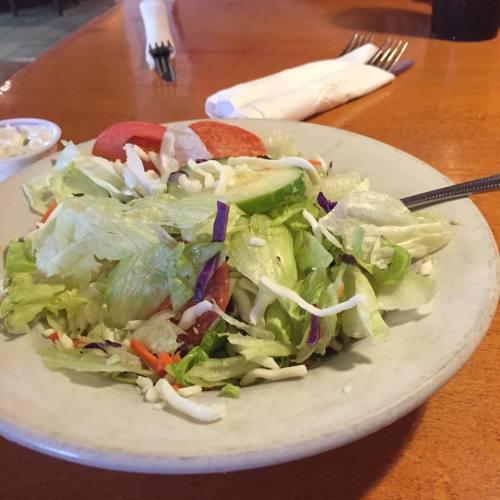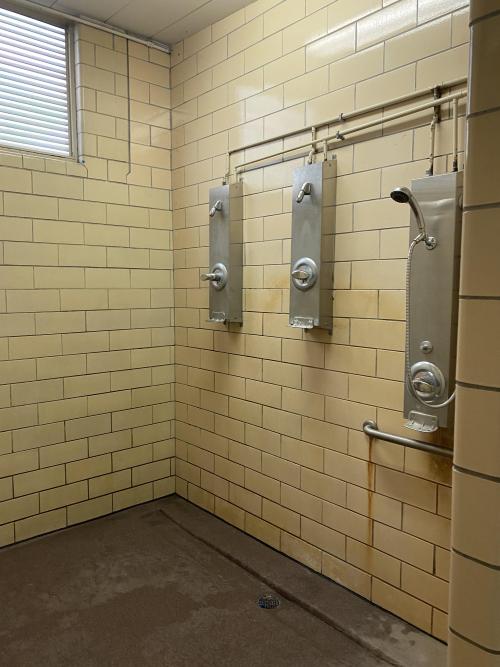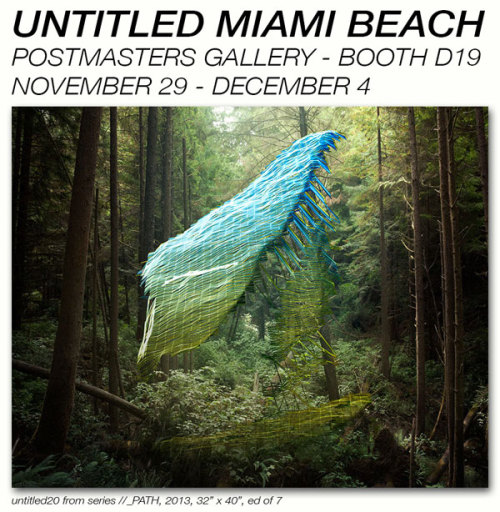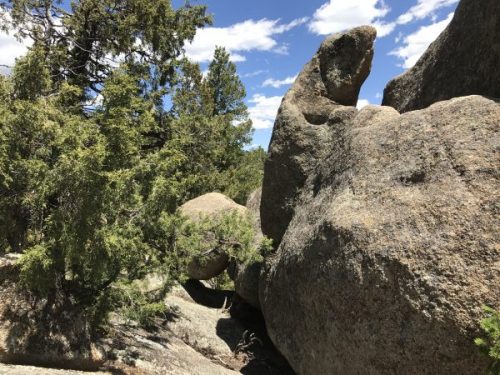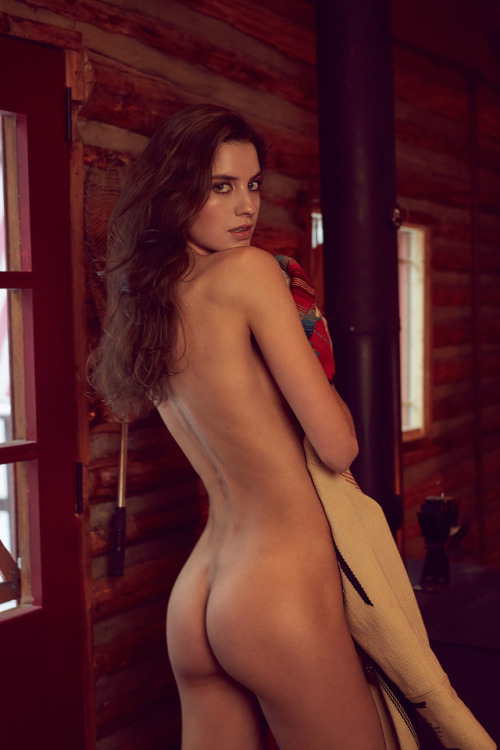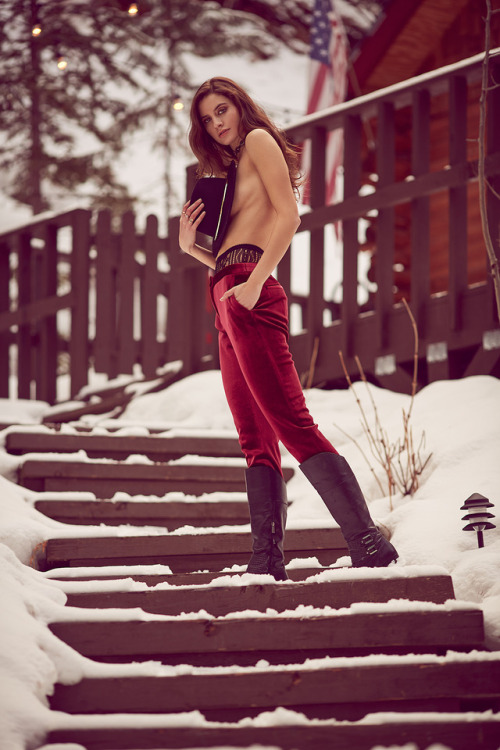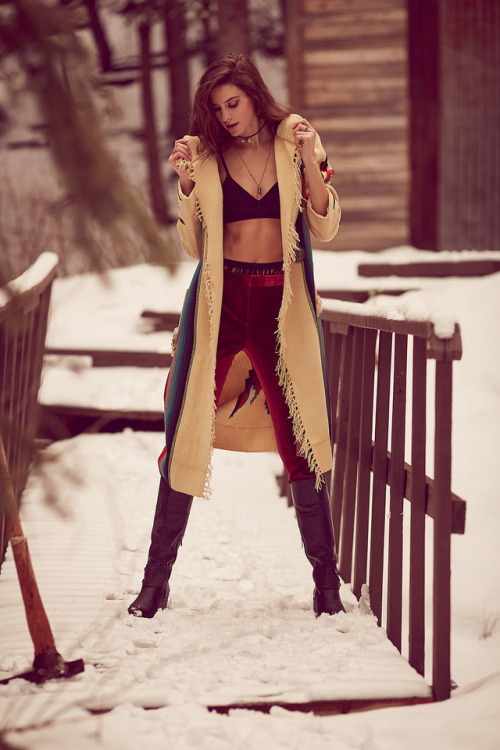#colorado
Anyone in the Greely, Colorado area wanna meet up and smoke??? I’d love to meet any followers I have up here ❤️ lmk I’ll be in town for a few days! #greelycolorado #colorado #salad #weshouldsmoke
Post link
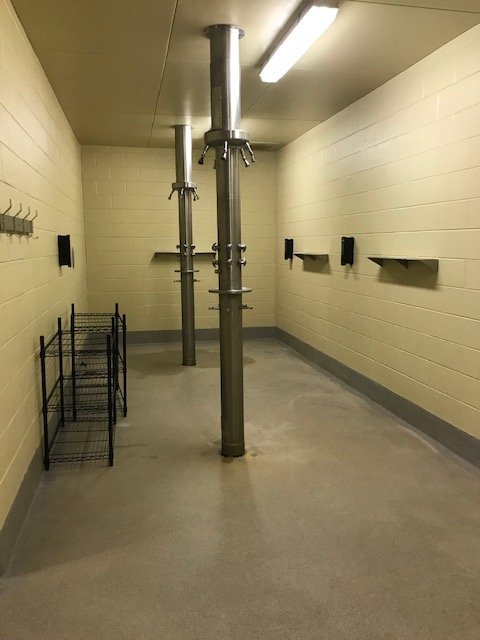

University of Colorado Volleyball, Boulder, CO - Before and After 2019 renovations. Such bullshit LOL
Very much looking forward to heading down to Miami this week for the Untitled Miami Beach where I will be showing works from both my series //_PATHandEmergencewithPostmasters Gallery. If you’re in Miami for the week, do stop by and say hello!
Untitled Miami Beach
Postmasters Gallery - Booth D19
South Beach
12th Street and Ocean Drive, Miami Beach, FL 33139
November 29 - December 4, 2016
Post link
We’re keeping up great momentum! 28 days left in the campaign and we have already hit the halfway mark for our funding goal! Would love for you to consider donating to the production of this monograph. Myself and the great folks at Aint–Bad are so proud of the book that we have designed and put together. If you have the means, I would greatly appreciate your donation!
MARK DORF /// TRANSLATIONS /// KICKSTARTER
Post link
Could this be a prehistoric petrified lizard or some amphibian in the Colorado Rocky Mountains?..
Many rocks in the same area show signs of being a post-organic material too:




Post link

Aspen, Colorado ©️Rich Goenne
my friends, the dead
The graves have a way of finding you here.
I took Cooper for a walk the other day, and I try to take a new trail every time. Trails branch off at random, sometimes old mining roads, sometimes game trails well-traveled enough to dupe a novice and tempt a regular. But this one branched past an old dilapidated cabin, windows smashed and guts covered in dust and leaves. Just past the rotten home, maybe 20 feet into the woods, there was a wooden post sticking some three feet up from the ground. It had the usual marks of man — straight, smooth, standing erect. I stepped through the deadfall to get a closer look. Every other piece of planed wood was either collapsing into the cabin or already ground-bound, rotting back to its mother. At the base of the stud were rocks piled in a pyramid of sorts, holding it in place, and beside the rocks, two moss covered statues the size of small rabbits. Beneath their soft, green blankets were two angels, kneeling by the post, one with their stone hands clasped looking up, the other with their hands on the ground, staring into it.
A marker read, “You were so much STRONGER and BRAVER and SWEETER than I will ever Be. I’ll miss you. Love Peter”
In lettering lost in time, you can just make out the name: Henrietta.
Just up the dirt road from our house is the cemetery, unfenced and unkept. There’s a swing strung between two old aspens, and you can kick your feet high above the handful of graves below. One gravestone shares two names — both children, laid to rest more than 100 years ago. In the center of their grave bed, a massive pine has splintered the stone with her roots made of bones and breath. Even with a cemetery in town, there are graves everywhere. Marked or forgotten, along the town’s edges, on the mountain, and inthe mountain where men and burros were held hostage and held forever in the mines. There are two memorials right now in a town with fewer people than my graduating class in rural Ohio. One waves with prayer flags on a grassy knoll overlooking the old part of town. Beneath the flags, a photo of a girl my age, riding horseback through town. The other is in the cemetery, a mound dug and buried the day we moved in. As we unpacked our moving truck on a warm July day, cars with license plates from up and down the Rockies parked along our street to pay tribute. On the gravestone hangs the collar and tags of the man’s dog. He was 42.
I can’t walk by or even near Henrietta’s grave without talking to her, the peculiarity of which is heightened by the fact that it’s hard to tell if Henri was a girl or a dog. Either way, the conversations are the same:
“How’re the woods today? Any good visitors? Anything you’d like me to see?”
In the chance there’s some connective tissue between now and every then, I’m following the golden rule. I personally would like people to talk to me, to be curious, to be revenant. How fast do you think I could trip someone with a well-placed root if they were one of those people who carried speakers into the woods? How deeply could I infect their psyche if they defaced my resting place or hurt an animal?
Thus far, if Henrietta seems anything, it’s suspicious. Which is fine. I would be too. But she’s not the only one I’m talking to. In a deeper canyon, six miles by foot from the house, you can feel the enormity of time. A box canyon closing in on you with a swampy bottom, talus fields, waterfalls, and a scree climb to the ridge. Something that feels pulled from Land Before Time or referenced for some untouched world space saga. Alone on a misty trail run, I felt safe enough from the eyes of judgment that I knelt on the ground, my bare hands on the soil, and shared my intentions with the Earth: her kingdom is my gift to hold tenderly and her right to take quickly. I stayed on my knees until I forgot how it might look to someone coming, and I stayed a little longer after that until the connection loosened and I felt the dirt in my fingernails.
I dusted off my knees and my hands and carried on running. Around the next bush, I came to a quick halt — there in the middle of the path was a porcupine, as startled to see me as I was her. Nature, providing an offering and a test. Are you a good steward? Can you see this moment for what it is? I stepped back and spoke softly until the porcupine waddled deep into the brush. I carried on with that feeling of earned reverence in my heart, talking mostly to myself.
As we approach Halloween, the town has yet to unveil any inherent spookiness beyond the reality of death. Hard work and hard loss are etched in, but there’s no unease. And maybe there never will be if I keep talking to all the dead people and animals, the dying trees, the creatures long absorbed into the ground.
Several people asked me if I feel safe here, especially out in the wilderness on my own. Some people don’t know any better. They never learned the animals are mostly harmless. They never read the research that you’re much more likely to die at the hands of your partner than at those of a stranger. They never knew I already escaped those hands anyway. They never learned to read the sky and the mountain. Never learned to read me.
But whatever I am safe from here, I think more about what I am safe to be here: odd. Solitary. The kind of woman who kneels, palms in the soil, to feel time and purpose crawl up her spine vertebrae by vertebrae like a wooden roller coaster, hoping to stay in the moment long enough to feel the freefall of getting lost in time.
Whatever strange, backwoods habits this town enables, it also draws you in from the deathly calls of the winter wind with emails like this:
On Sunday, meet in the town square at 5pm in COSTUME for the parade, pizza, and the photo. Trick or treating starts at 6pm on the old side of town. Ryan will transport the kids to the other side of town and back at night. Add Town Hall to your trick or treating to meet the new Town Manager, John.
You want me to… wear a costume? To take a town photo? And meet the new town manager? Guys there are 150 people here. If you stand outside your house for longer than 5 minutes, you’ll meet the new town manager.
But that’s small town life. And I bought Halloween candy weeks ago to prepare for our first-ever trick’or’treaters. Hopefully after a few years of talking to ghosts in the pines, I won’t need a costume. The local kids will be scared enough as is.
——
This is issue #10 of Shangrilogs, a story of high altitude relocation and renovation. Subscribe here. See the journey on Instagram here.
I’m not sure if that’s a good thing
“Well you’re definitely the first.”
This past week, we screened-in the eastern facing porch on the side of the cabin. The porch slopes to the South, with the brick-on-dirt floor crumbling in that direction as well until it reaches uneven slabs of stone acting as steps down to the “yard” below. A mixed material retaining wall wraps beneath the steps to the south facing garage, holding up one corner of the narrow deck on the front of the house. The deck, in the heat of a high altitude summer, droops off the house like it’s daydreaming about the winter snow’s embrace. It’s safe to sit on, though I would not recommend leaning on the railing.

The side porch takes the brunt of the wind. Our wooden rocking chairs have been rocked some 20 feet into the yard more than once in the two months we lived here. In the myriad of threats we heard about the weather, most people included the wind. We all know how I feel about this ongoing weather intimidation tactic. I asked, “what speed are the gusts?”
“Oh, they get up to 70 miles per hour on some days.”
This was the first quantifiable piece of weather information someone had offered — an actual number we could react to with data and our historical personal experiences of various weather events. And our reaction was: uhhhh…. OK????
Look, I get it. No one’s preaching the skin benefits of -20 degree wind gusts at 70 mph, building snow drifts against your house in the span of minutes that Cooper could die in. I am not going to pretend that’s pleasant. But 70 mph? Any wind I’ve driven faster than does not intimidate me. I used to rally the horses at 12 years old in winds over 70mph to get them in the barn before the latest tornado whipped through. I helped shutter the resort in the BVI as the Category 5 hurricane rolled in. Even in Topanga, 70 mile per hour gusts were not uncommon in Santa Ana events. We had our single pane windows shatter more than once from debris in the wind. We taped cardboard up and went to sleep.
That “70 mph” was all I needed to hear to confirm our next project: we were going to build a catio for these cats, and we were going to do it on the pre-existing porch structure to save time and money.
We spent a week framing out the structure. We had to carve into the logs of the house to embed the wood supports for the framing.
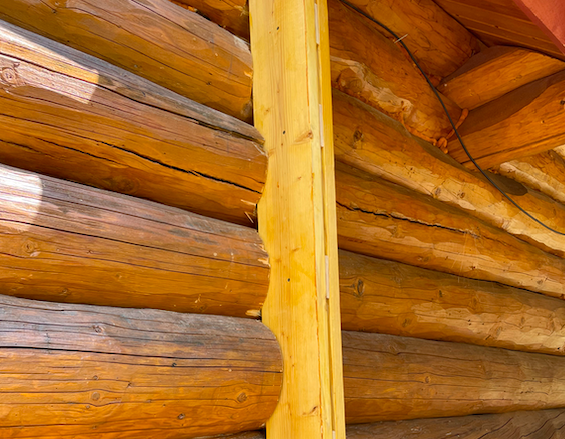
And from there, every piece of wood was custom carved and cut to fit around the existing timber supports. The existing porch was so wildly uneven that there are gaps between each piece of old wood and the new framing. Our plan is to mix all the wood chips from the project with mortar/chinking and stuff the gaps — a good solution for the log cabin look. We built a plywood pony wall up to 28 inches from the interior of the porch, which gives a height of ~4-5ft from the exterior ground below. It’s capped with a 2x6” railing for even the fluffiest of cats to find a perch. The exterior will be wrapped with corrugated metal that we’ll quick-age to match the metal that wraps the bottom of the cabin. On the interior of the porch, we’ll use shiplap to hide the framing.


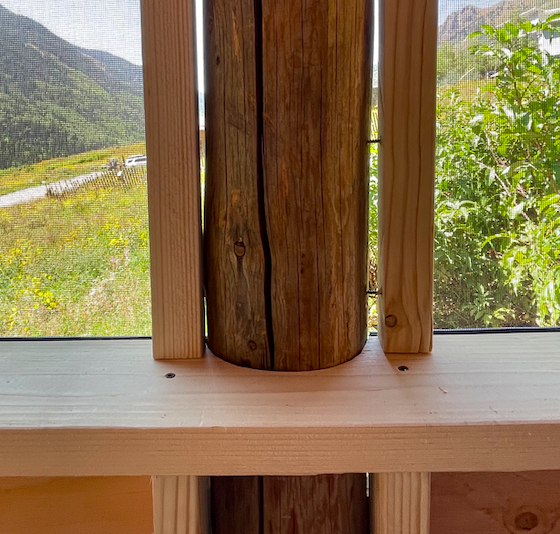
The screens themselves can withstand winds up to 120 mph, but to-be-determined if they can hold the weight of a growing maniac cat who has already tried to climb them. In the event the screens succumb to cat (or wind or snow or neighbor judgment) we’ll reinforce with metal mesh. We’re going to maintain this screen porch regardless of what the screen is.
We had the pleasure of running into one of our more industrious neighbors the other day, and Ben asked him, “hey we’re building a screen porch. Is this a terrible idea?”
He laughed. “Well you’re definitely the first.” But he liked it. Great way to diminish wind into the house. Simple way to regulate the temperature with massive south-facing windows. And indeed a practical outdoor safe haven for cats in predator territory. Just because you’re the first doesn’t mean you’re foolish — just foolhardy. There’s plenty of that here.
This town has the typical mountain town’s truncated version of a colonizers’ history: “established 1881.” But it was plenty established prior to that by the Uncompahgre Band of the Ute Nation, removed by the U.S. Army on September 7, 1881, nearly 140 years ago. The government relocated the Uncompahgre Ute People to Utah, and one year after the Ute were forcibly removed from their ancestral land, San Miguel County split off from Ouray County and was made its own political subdivision in the newly-formed State of Colorado.
In 1879, the ore-laden valley already had 50 people living in it, with a new narrow gauge railway only 2 miles away. By 1885, it was a town of 200 people. There was a hotel, a couple saloons, a pool hall. Winters were treacherous; the valley was and is prone to avalanches. But where there’s gold, there’s gumption. The power needed to run the stamp mill to process ore drove innovation. Timber was scarce at such high elevations, so a wood powered steam mill wouldn’t cut it. But the San Miguel River just a few miles down from the mine looked promising. Thus began the development and construction of the Ames Hydroelectric Generating Plant. It was a hit. In fact, it was so successful that the Ames Plant led to the adoption of alternating currents at Niagara Falls and eventually to being adopted worldwide as a viable power solution.
The plant remains, but the gold rush obviously didn’t. By 1940, the U.S. Census declared this little town I call home as tied for the lowest population in the country: 2 people. By 1960, it was one of four incorporated towns in the U.S. with no residents. But the joke was on the Census — the town’s single resident was just out of town the day the census came through. 1960 population: 1.
By 1980 the population grew to 38, 69 in 1990, and about 180 now. (Plus 51 dogs according to the town’s website.) With modern amenities, it’s easier to be here. Studded snow tires, satellite internet, solar panels, instant coffee. No matter the hardships, there’s the reality of the present. In the 1880s, as the town boomed, the Ouray Times declared, “it will be at no distant day a far more pretentious town than it is now.” That day hasn’t exactly arrived, but I guess it depends on what you consider pretentious. I don’t think the town claims any airs of excellence beyond what’s true. In fact, the town hardly claims anything at all. There’s no sign indicating it’s even here. There’s just the old side and the new side.
The new side, the Eastern half, was drawn out in the early 1990s, some 100 years later, and is separated from the Old Town by an avalanche zone—preserved open space for hiking in the summer, preserved open space for surviving in the winter. The town forbids short-term rentals, no one has a fence, dogs roam free, and all the houses have that cabin look to them. A boulder nests in a grove near a trailhead in the center of town with a plaque paying respect to the Utes who called this valley home. There’s no industry here. No businesses allowed. If you want a $7 latte, you can drive the 14 miles required to get it, assuming there’s not an avalanche blocking your path. You can, however, buy a pink lemonade in a
solo cup at the permanent lemonade stand run by the local feral child mafia. Crystals (rocks) can be purchased for an additional cost. We bought one, hoping to buy favor at the same time.
The town plan has a few guiding principles, and it’s all in the name of preservation. We must preserve:
1 - the quiet atmosphere
2 - the rustic character
3 - the natural setting
And finally:
4 - protect the health and wellbeing of the people here
No snowmobiles, no ATVs, no drones. In fact, the only sign of the outside world here are the passers-through. When you take the dirt road through town to the end, you enter National Forest, and you can hike over the pass saddle at nearly 12,000 feet before descending down the other side into Silverton. The pass road climbs rutted through an aspen forest before scaling across a scree field and then lurching over to the other side. Every day, it seems like 30 or so Texans and Arizonans in lifted and loud Jeeps with unused mods climb over this mountain in the comfort of their air conditioning, simply to drive down the other side. You could hike it, ride it, run it, and ski it, but they don’t. They rev their engines, kicking up dust in a town of feral children and roaming dogs, staring at us instead of waving.
I’ve lived here for two months and look how salty I am. I’ll fit in yet.
But today, there is a temperature that whispers of perfect trails and the dwindling of ogglers driving 35 in a 15. It’s already snowed in the mountains we see from our kitchen. Today, like a dedication to the Septembers of our youth, you can feel a chill in the air. A temperature akin to pencils and sweaters and reinventing yourself. A temperature that doesn’t exactly sing “screen porch” but could if you had the right slippers on. That’s what I did this morning: put my slippers on and sat there in the cool mountain morning air, thinking about the cemetery behind our house, about the Ute tribe, about the miners, about the mailman who died on Christmas in 1875 on the pass, about the 5 people who died in avalanches here just last year, about the people in their cars on their phones driving through, and all the people who’s very first question to us was, “so are you gonna live here part-time or full-time?”
Maybe it will be a hard place to live. But at least we’ll have a screen porch.
Every week I’m writing about moving to log cabin in a small town at 10,000 feet. Subscribe here for free:tinyletter.com/keltonwrites
I bought a house in the middle of nowhere
“Yeah, I loved it, but she’d never move there.”
It was something akin to that, at least. He didn’t mean any mischief, no deceit or planning. It was an honest take on what, at the time, was true. I saw the road into town on Google Maps, noted that it was closed during the winter, acknowledged the reality that a person can own a snowmobile, and I said, “we are not moving there.”
But, all good truths are just dares in the making.
And here I am, living in the “there” I said I would not.
Two years ago, I left my job at Headspace for a life reset. It was pre-pandemic, and Ben and I were planning a big road trip. Our perfect paradise in Topanga, CA, had crystallized itself as many people’s perfect paradise, and those “many people” all had more money than us. Our options to buy a home were nil, and home-buying was essentially all we wanted. Ben’s a builder and I’m a world builder, and we wanted somewhere to invest that didn’t belong to someone else.
We packed the car with the tent and the bikes and the dog and all the things that come with tents and bikes and dogs, and off we went on our own Tour de l’Ouest, looking for a place to call home. We knew what we wanted, knew our odds of finding it, and hit the road anyway. Here was the dream list — concocted by two pie-in-the-sky dummies who married each other:
- Not rainy or consistently windy
- Notable access to the arts
- Remote and challenging to get to/close neighbors
- Wild West influenced architecture
- Progressive community
- Exceptional trail access out the front door
- High-speed internet
- In our budget
And my personal favorite: had to “feel right”
Good luck to us with a list like that, but thus began our hunt. We camped in the snow, tried every dirty chai in the Rockies, and explored every town we could. Whatever a good time it was, it felt useless. Every town Ben was OK with, I hated. Every town I was OK with, Ben despised. And the few places we both loved required money we just didn’t have. We came home with our sails down, limping into the harbor of our rental.
But as is the way with romantics, our dreams began to slowly eclipse our reality. Books fell victim to Zillow and Trulia. TV was replaced by the MLS. All writing time was dedicated to Realtor.com. Hours were spent pouring over maps, county records, and updating spreadsheets that tracked price per square foot compared to beds and baths.
Over time, all that internetting led to one singular town of 180 people at 10,000 feet in the San Juan Mountains of Colorado with a road that said “Closed Winters” on Google Maps.
Look, I don’t know what happened. Ben found this town on a map, I said don’t be ridiculous, and after a year or so of him telling people I’d never move here, here I am, being ridiculous. Was it reverse psychology? Maybe. Was it the charming “town plan” that mandated all houses be rustic cabins and forbade AirBnB? Could be. Was it the fact that when I looked at Strava’s Heatmap, it showed what seemed like thousands of miles of trails just out the front door? I mean, yes. All these things played a part, but all I know for certain is that one day I woke up and said, “we’re going to move there.” Ben doubted this conviction (and the realities behind it) thus cementing it into place in my head.
In a town of 180 people there’s only ~60 houses, which means maybe 2 or 3 get listed per year — but my spreadsheet had the proof: we hadn’t missed our chance yet in this tiny town. The data showed a strong likelihood there would be at least two houses listed within the calendar year. This, however, was also our last chance. The spreadsheet also showed that if we didn’t find a house this year, we wouldn’t be able to afford one the next.
We called a realtor, made our case, and harangued her until she believed us that we were truly the kind of yahoos who would move to an avalanche field and stay there.
And then it happened. A pocket listing. It was a darling home built in 1890. It had the beds, the baths, and the views. We were the first and only to know. We put in an offer, they agreed, and we would come to see the house in a few weeks. But in those few weeks, the circumstances changed. The sellers lost their own sweet deal, and they couldn’t sell yet. Their agent promised we had right of first refusal, it was only a matter of time. Ben lamented, I preached patience, and we went to see the house that was no longer for sale anyway.
It was a quiet winter morning in Covid when we drove across the packed snow to meet our realtor outside the house. The sun was out and the 13 degrees Fahrenheit felt warm. I unzipped my jacket, mask on my face. I took long videos and talked about where I would set up my office and where we’d put the bikes. As we closed up and I settled into a future where this house would eventually be mine, our realtor told us there were comps in the area — other residents quietly interested in potentially closing out. Would we like to see them? Sure, let’s.
- One home came with an incredible commercial kitchen. The whole house was a whopping 3500 sq ft if my memory serves me correct, which falls under the category of “houses too big to find your cat in.“
- Another home had an open-air-to-the-kitchen bathroom.
- The third was dark and overpriced with cracked windows and open beer cans scattered about.
And then, plans changed.
“Hey guys, there’s actually one more house we can see.”
The last house we saw was a log cabin, nestled in the hillside by itself, with massive A-frame windows looking out onto the peaks beyond. Inside was a labyrinth of a life lived long and large. The cabin was built and loved by a man we’ll call Jack. Jack was 82, and as we walked toward the front door on that sunny winter morning, he exited with two beers in his pockets, headed to the mountain to ski. Jack was an attorney — in his life he’d been both criminal and defender — and from the stories, somewhat interchangeably. There were artifacts from running in the same scenes as Hunter S. Thompson and Willie Nelson; there were stuffed birds, bad books, sheet-covered couches, smoked spliffs, and piles and piles of mouse shit. Every inch of the house was lived in, and not just by people. You think millennials like plants? No. This man likes plants. The biggest monstera deliciosa I’ve ever seen, spanning some 10 feet wide and 15 feet tall. Draping cactuses, spider plants, massive aloes, and an ambitious hoya carnosa clawing its way to the top of the massive fireplace.
But there were problems. I’m trying to be diplomatic saying the house was lived in. The wood by the door handles was dyed black from years of hand grease rubbing against it. The carpet in the upstairs was soiled almost everywhere with bat scat. Newspaper was stuffed between the massive logs to keep the wind out. There was cardboard taped over almost every window, blankets nailed over the others. Half the doors wouldn’t open. It was unnerving to touch the crusted light switches. It was early enough in the season of Covid-fear that touching anything felt like gambling. On our way back to our rental in the bigger neighboring town, we shared our awe and our no-ways, lamenting how long we’d have to wait for the little 1890s fixer upper.
That night, I sent the video I took of the cabin to my parents. “Can you believe this?” I asked.
And do you know what my dad said?
“Great log construction.”
After that, the cabin was all we could talk about. “Could you believe those plants?” “Did you see how big those logs were?” “I just googled Jack, look at this.” “Do you know what the insulating factor of logs is?” “How much did he say he was asking?”
It came down to the plants. Amidst all the chaos in that house, the tender care of those decades-old plants sung the clearest. This wasn’t just a place Jack lived in, it was a place that wanted to be lived in. We made an offer the next day.

Jack had six months to clear out his 30 odd years of collecting, and the town had six months to speculate about the worrisome Californians moving to their high-altitude, high-risk town.
The town itself is an old mining town. It rests in a high valley, surrounded by peaks over 13,000ft, and is over six hours from the nearest major airport. Five people died around this town in avalanches this past year. The dirt road into town is littered with avalanche fields, warning visitors to not stop when driving in. The other way out is a pass road, only drivable in the warm months, but you could skin out if it was dire. Most August days, the high is in the mid-60s. The valley is blanketed in wildflowers, and the aspens littering the mountainsides suggest a promising fall display. The town had a heyday, a low day, and now it’s a community of preppers, adventurers, appreciators, and “get all these idiots away from me”ers. We don’t know these people yet, but the ones we’ve met have the same like to live hard attitude we do. Heli-ski guides, ex-CIA agents, woodworkers, bakers, teachers, just a general can-do group of people. The kind of people that see a California license plate and peer with skepticism between the thin gap over their sunglasses and under their caps.

You might say I’m romanticizing the place, but the residents are worse. Like all good old-timers, they’re full of threats: “wait’ll you see the snow drifts,” “let’s see how you do outrunning an avalanche,” “good luck with the winds,” “the last Californians didn’t last a year.”
God, what does that remind me of?
“Yeah, I loved it, but she’d never move there.”
With every taunt, my teeth ground more enamel, fingers rolling into a clench. And maybe Jack recognized this intensity, because on the day of closing, he hosted a gathering for us in the town’s open space. He had us introduce ourselves to the skeptical locals, and I made my case in court, eyes narrowed and lips curled.
“I’m the daughter of a smokejumper and wildlife biologist. I grew up watching the wind and the door. I’ve lived in big cities, small boats, and more than one cabin. I always take the stairs, I never use air-conditioning, and I’m a very good shot.”
I’m just a girl, standing in front of a town, asking them to give her a fucking chance.
Jack stepped forward to speak. “You know, I had my doubts about a couple Californians coming to look at my house. But these people? These are the nicest people you’re ever gonna meet.”
And then I helped Jack set up his cot so he could spend his last night under the stars in the town that kept him young. Cooper ran circles with the other dogs. People brought homemade cocktails and bowls of dip and we felt welcomed. Even the mayor, a fellow writer, came and she struck up a conversation.
“I hear you’ve got a little bit of a following on social media!” She teased.
“I guess, nothing wild.”
“Well I just wanted to let you know if you ever geotag this town, I’ll drag you out of it.”
She grinned.
This was a special place. And every visitor who couldn’t handle the realities of being here threatened the very wellbeing of the people who lived here. This town survives on a delicate balance. They source their own water, manage their own roads, and fervently protect the land and the people around them. Their stories about racing avalanches, snowmobiling in the dark of night to the doctor’s house, hunkering down in each other’s homes as the storms pass — these stories were bylaws. You can join when you’ve proven you’re ready to join. By their own projection, they are hardy and steadfast people, and when they see a Californian, they see something fleeting.
Many years ago, I worked in the British Virgin Islands. The people born and raised there were called Belongers. At the customs office, the placards above the lines literally read, “If you belong, stand here” and “If you do not belong, stand here.”
Whether or not we belong isn’t up to the town council, and it’s not up to these residents. It’s up to years spent drifting my old Mustang in the snow on the way to school, up to Ben’s months and months spent in the backcountry, up to my years of reading fire reports and assisting with evacuations, up to Ben’s ability to read the landscape and the weather, up to my doggedness, his diligence, and our pathological love to do difficult things well. It’s up to us, to these old logs, and to this valley. Doesn’t mean we’ll belong, but it does mean we’ll try.
And for the record, the road is open in the winter. But do these sound like the kind of people who’d tell Google that?
Next week, a tour of the house that we get to call ours — stuffed with newspaper, run by plants, and filled with mice.
P.S. Here’s where we get our mail.

- Broomfield: Question 300 would impose a five-year prohibition on all fracking.
- Fort Collins: Its measure would create a five-year moratorium on fracking and storage of waste products related to the oil and gas industry in town.
- City of Boulder: 2H proposes a five-year moratorium on oil and gas exploration.
- Lafayette: Question No. 300 would ban new oil and gas wells in town. [As well as] prohibit “depositing, storing or transporting within city limits any water, brine, chemical or by-products used in or that result from extraction of oil and gas.”
(Source: Denver Business Journal)

